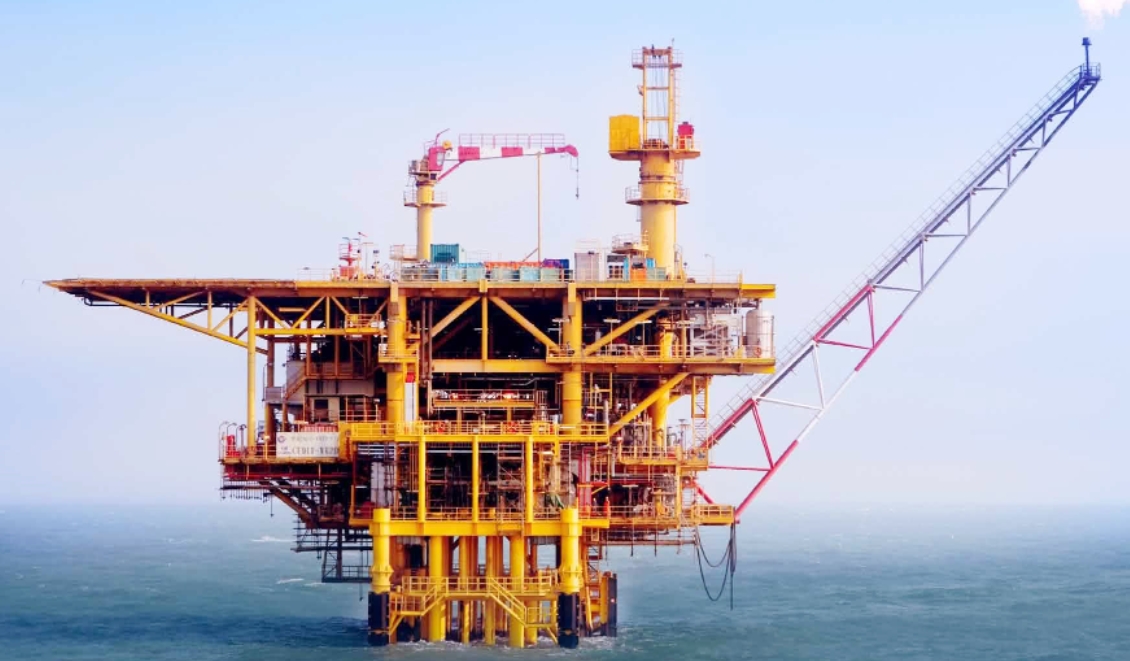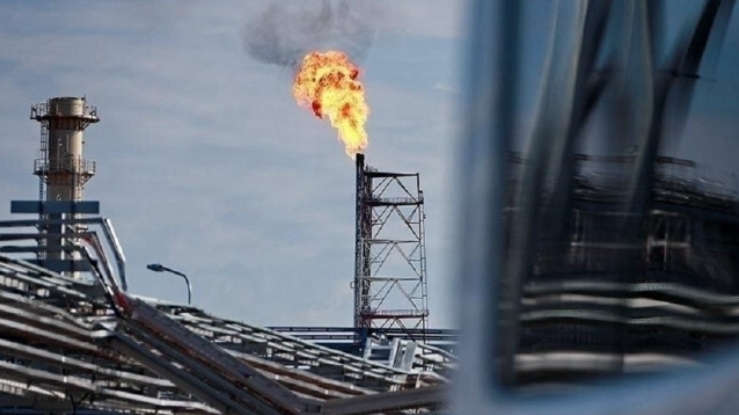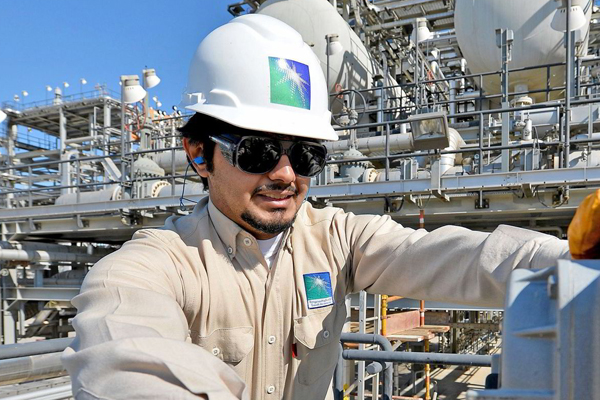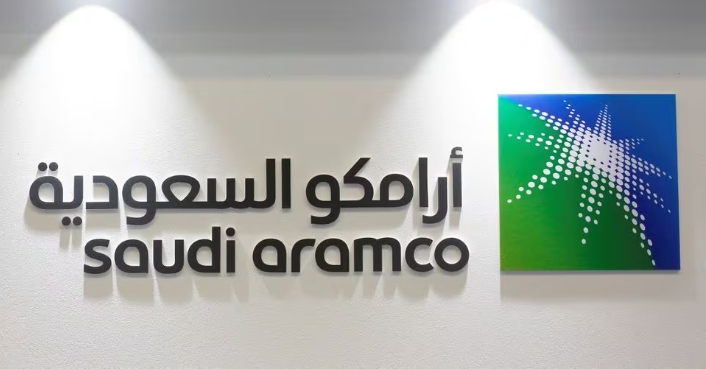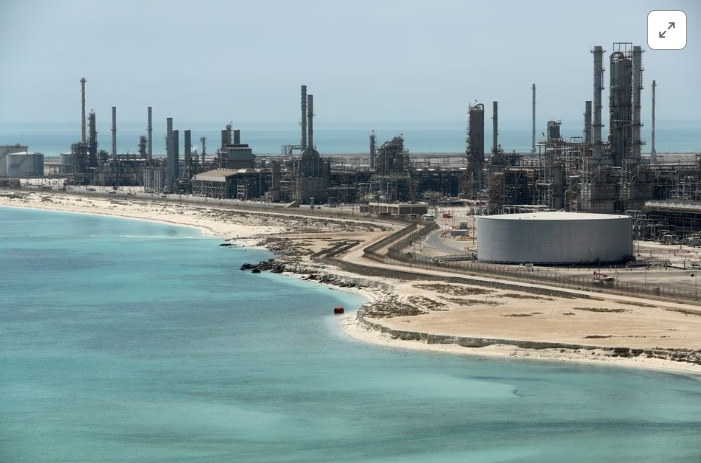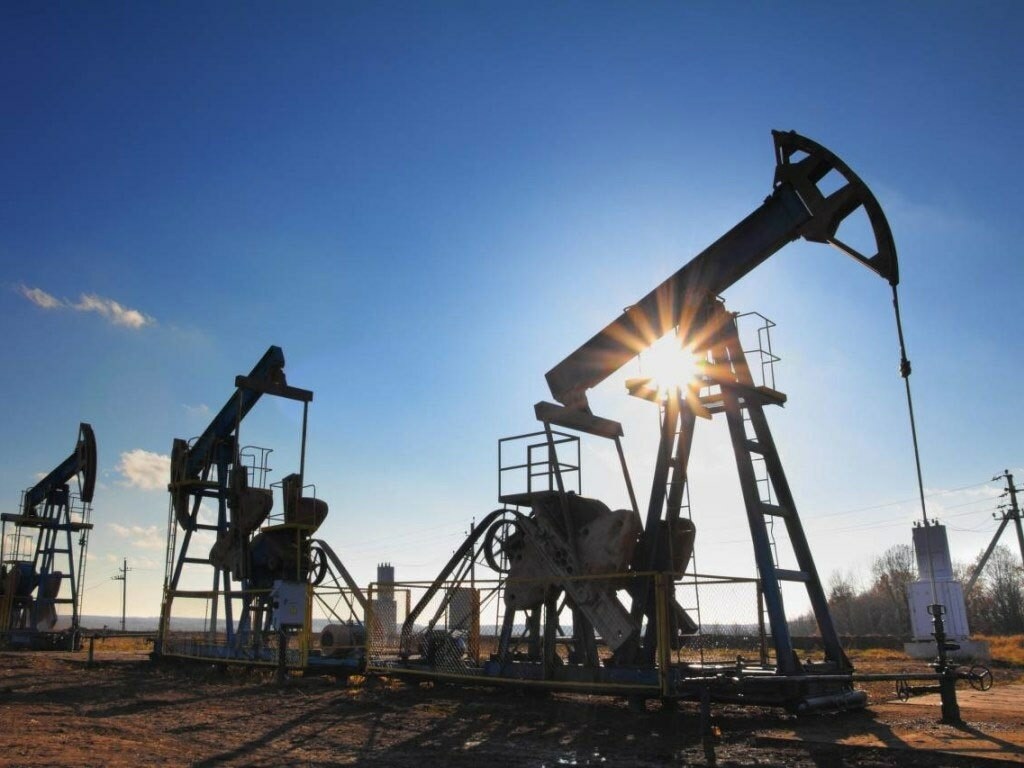Oman's crude oil output edged up in September, marking a seventh straight monthly increase as the Opec+ group, of which it is a member, continues to unwind its production cuts. But the sultanate again kept output below its Opec+ allowance to compensate for overproduction earlier in the year.
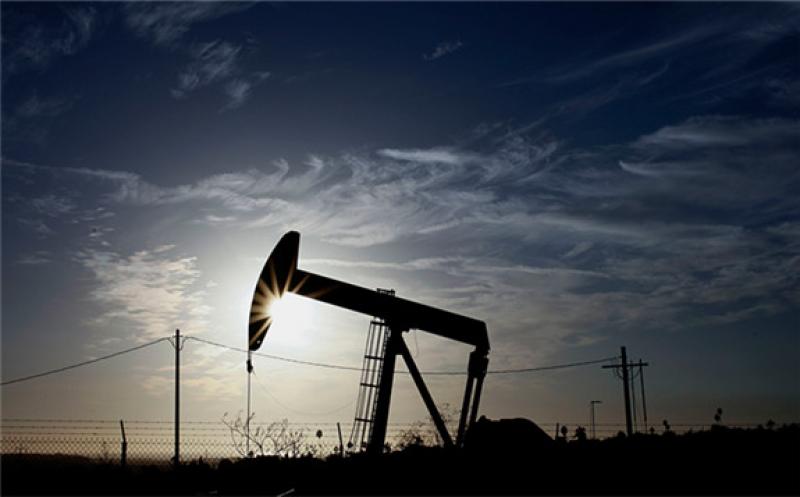
Oman's crude output stood at 764,000 b/d last month, according to the latest energy ministry data, up 1pc from 756,000 b/d in August, but still 15,000 b/d below its September Opec+ cap of 779,000 b/d. In August Oman's production was also 15,000 b/d below its 771,000 b/d cap, and in July 12,000 b/d below its 762,000 b/d ceiling.
Ministry sources told Argus last month that Oman has been curbing its production growth since July to compensate for exceeding its Opec+ quota in earlier months. The country overproduced by an average of 15,500 b/d in February-May, according to data issued by the Opec+ group's Joint Technical Committee (JTC), which meets on a monthly basis to oversee compliance.
Oman's condensate output also inched up to 219,000 b/d last month from 217,000 b/d in August. Condensate is not subject to Opec+ quotas. Shipments of Oman Export Blend, a mix of crude and condensate, stood at 790,000 b/d, up from 784,000 b/d in August.
Oman has been able to gradually ramp up crude output since the Opec+ group began unwinding the collective 9.7mn b/d cut it implemented in May last year to counter the Covid-induced collapse in global oil demand. Its output has averaged just nearly 742,000 b/d since the beginning of the year and has risen consistently from 730,000 b/d in March.
Production should carry on growing after the Opec+ alliance agreed in July to continue raise raising quotas over 2021 and 2022. The sultanates cap will be 787,000 b/d in October.
Opec+ output rose sharply in September, pushed higher by production recoveries in Nigeria, Angola and Kazakhstan and by a notable increase from Iraq, according to Argus estimates.
The 19 countries participating in the cuts raised their collective output by 650,000 b/d last month, to 36.51mn b/d, higher than the 400,000 b/d monthly increase allowed under the agreement. But overall compliance remained high at 113pc because some of the increase was carried over from August when the countries delivered just one quarter of their pledged output increase.
Among the deal's non-Opec countries, Kazakhstan raised output by around 50,000 b/d to 1.34mn b/d and Russia increased output by nearly 100,000 b/d, keeping it above its quota.
